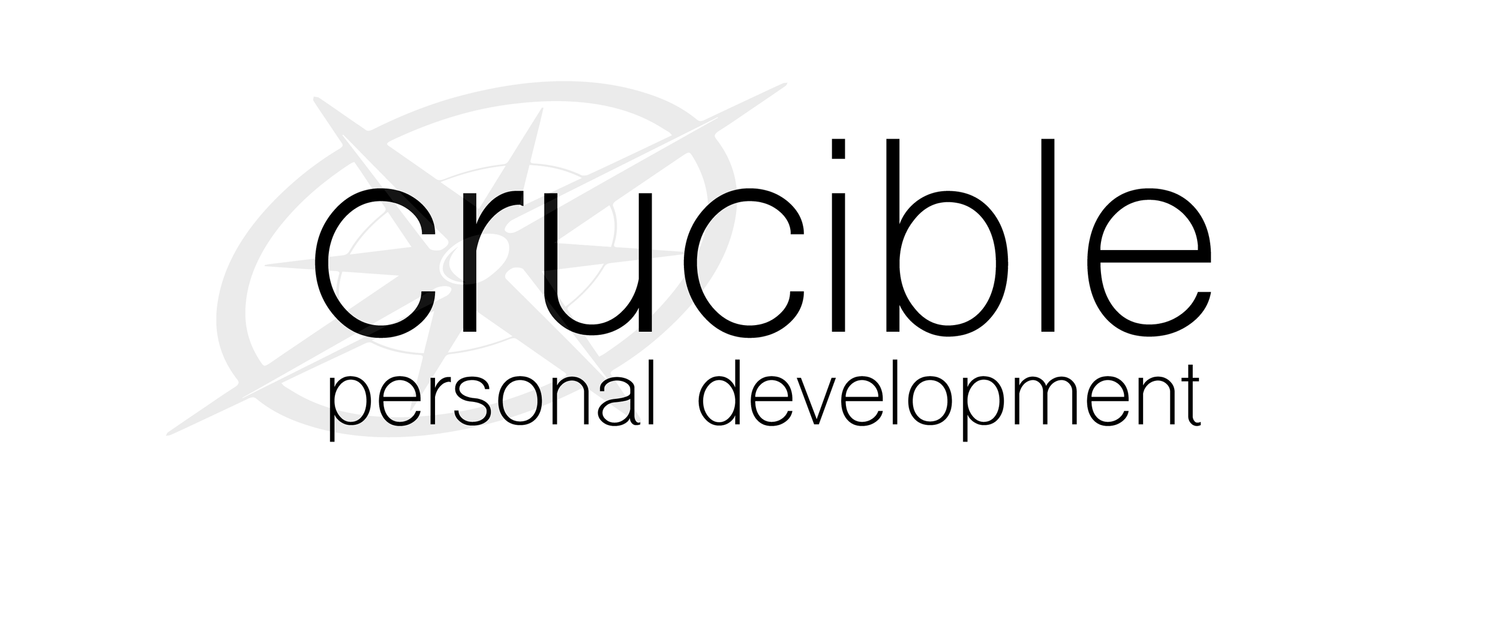The Roots of Insecurity: A Closer Look at Misattunement
When exploring a client’s history, it’s not uncommon for someone presenting as anxious, insecure, or with a harsh “inner critic” or negative core beliefs to say something like, “I had a great childhood. My parents were good to me, I certainly wasn’t neglected or abused.” So, whilst being mindful of not criticising or shaming parents and primary caregivers, this blog post describes how easy it would be for someone to develop these traits despite their caregiver’s best efforts.
Understanding the Formation of Insecure Attachment Styles
Insecurity, often manifested as anxiety or avoidance, is a common personality trait that can significantly impact our relationships and overall well-being. While it's often linked to traumatic experiences like abuse or neglect, recent research suggests that the origins of insecurity can be more subtle and nuanced. One such factor is the concept of misattunement between a child and their primary caregiver.
Micro-Moments: The Building Blocks of Attachment
The foundation of attachment is laid in the earliest years of life, through countless small interactions known as micro-moments. These brief, often unnoticed exchanges shape a child's understanding of the world and their place in it. When a caregiver consistently responds to a child's needs in a sensitive, attuned manner, the child develops a secure attachment style. This style is characterized by feelings of trust, safety, and worthiness of love.
The Impact of Misattunement
However, when a caregiver's responses are inconsistent, insensitive, or unavailable, it can lead to the development of an insecure attachment style. This misattunement can occur in various ways:
Inconsistent Responsiveness: A caregiver may sometimes be highly attentive and responsive to a child's needs, while at other times they may be preoccupied or dismissive. This inconsistency can leave the child feeling confused and uncertain about their worthiness of love and attention.
Overly Intrusive or Controlling: A caregiver who is overly protective or controlling can stifle a child's autonomy and sense of self. This can lead to feelings of anxiety and dependence.
Emotionally Unavailable or Distant: A caregiver who is emotionally unavailable or distant may neglect a child's emotional needs. This can result in feelings of loneliness, isolation, and a lack of trust in others.
The Internal Working Model
Through these early experiences, children develop an internal working model of themselves and their relationships. This internal working model shapes their expectations and beliefs about how others will treat them. Insecurely attached individuals often have negative views of themselves and their relationships, leading to anxiety, avoidance, or a combination of both.
The Role of Genetics and Temperament
While misattunement plays a significant role in the development of insecure attachment, it's important to note that genetic factors and a child's temperament can also influence their attachment style. However, research suggests that the quality of early caregiving experiences is a powerful predictor of attachment outcomes.
Healing and Growth
While the roots of insecurity may lie in childhood, it is possible to heal and develop more secure attachment patterns. Psychotherapy can provide a safe and supportive space for individuals to explore their early experiences, understand the impact they have had on their current relationships, and develop healthier coping mechanisms.
The development of an insecure, anxious personality is not solely the result of overt abuse or neglect. Subtle misattunments in early childhood can have a profound impact on a child's attachment style and subsequent relationships. By understanding the role of micro-moments and misattunement, we can gain a deeper appreciation for the complexities of human development and the potential for healing and growth.
Crucible Personal Development is a private psychotherapy and counselling practice in Preston, Lancashire.
